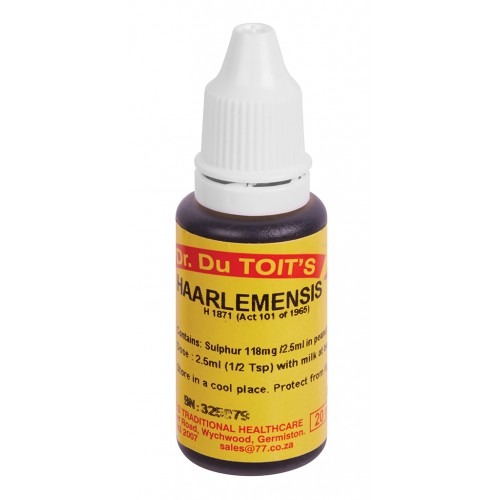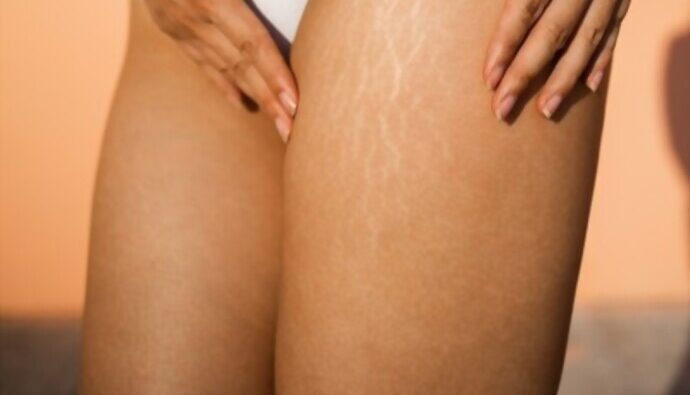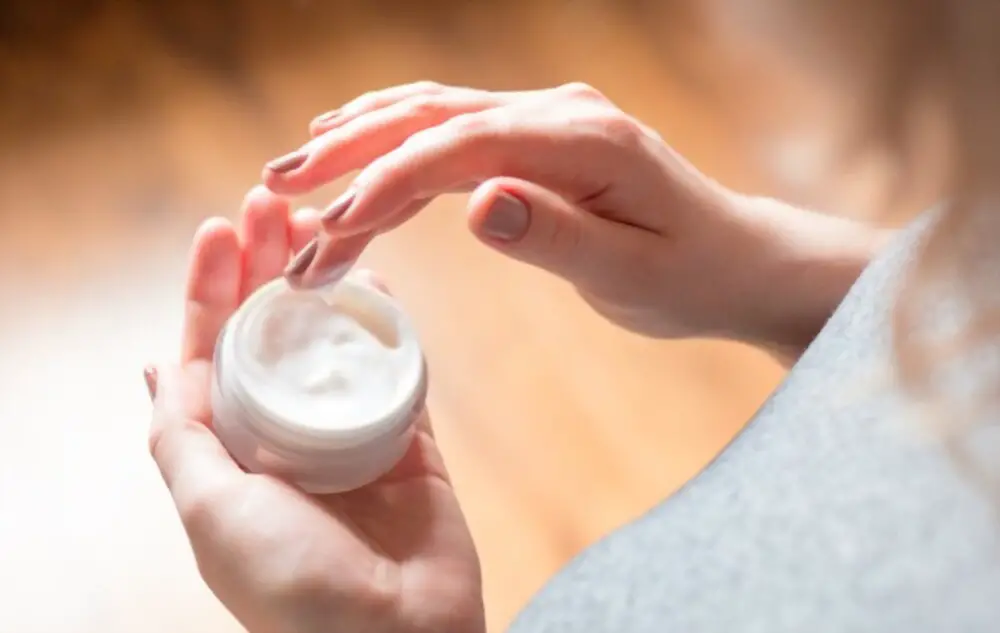Can Haarlemensis and Vaseline for stretch marks really work?
Stretch marks are a common concern among many people, whether due to pregnancy, weight fluctuations, or other causes. They can be unsightly and can affect one’s self-esteem. However, there are various remedies available, including natural and commercial products.
In recent years, Haarlemensis and Vaseline benefits have emerged and these products became two popular options for reducing the appearance of stretch marks.
What is Haarlemensis?
Haarlemensis, also known as Haarlem oil or Oleum Haarlemense, is a natural remedy that has been used for centuries for various ailments. It is made from a mixture of sulfur, linseed oil, and turpentine. The origins of Haarlemensis can be traced back to the city of Haarlem in the Netherlands, where it was first produced in the 17th century.

Haarlemensis is believed to have antibacterial, antifungal, and anti-inflammatory properties, making it an effective remedy for various skin conditions, including acne, eczema, and psoriasis. It is also believed to stimulate the body’s natural healing processes, promoting the regeneration of skin cells and reducing scarring.
Haarlemensis and Vaseline for Stretch Marks
Stretch marks occur when the skin stretches or shrinks too quickly, causing the collagen and elastin fibers in the skin to break down. Haarlemensis may help to reduce the appearance of stretch marks by stimulating collagen production and promoting the regeneration of skin cells. It may also help to improve skin elasticity, making it more resistant to further stretching.
To use Haarlemensis and Vaseline for stretch marks, mix a few drops with a carrier oil, such as coconut or olive oil, and massage onto the affected area twice a day. Results may vary, but some people have reported a reduction in the appearance of their stretch marks after several weeks of use.

Haarlemensis and Vaseline for Stretch Marks – Safe for Use?
Haarlemensis is generally safe for use, but it can cause skin irritation in some people, especially those with sensitive skin. If you experience any adverse reactions, discontinue use and consult a healthcare professional.
What is Vaseline?
Vaseline, also known as petroleum jelly, is a byproduct of the oil refining process. It is a semi-solid mixture of hydrocarbons that has been used for various purposes, including as a skin moisturizer, since the late 1800s. Vaseline is an occlusive agent, meaning it forms a barrier on the skin that helps to retain moisture.

How Does Vaseline Help with Stretch Marks?
Besides just using Haarlemensis and Vaseline for stretch marks, each product has its own benefits.
Vaseline may help to reduce the appearance of stretch marks by moisturizing the skin and improving its elasticity. By keeping the skin hydrated, Vaseline may help to prevent further stretching and promote the regeneration of skin cells.
To use Vaseline for stretch marks, apply a thin layer to the affected area twice a day. Results may vary, but some people have reported a reduction in the appearance of their stretch marks after several weeks of use.
Is Vaseline Safe for Use?
Vaseline is generally safe for use, but it can cause skin irritation in some people, especially those with sensitive skin. It should not be used on open wounds or broken skin. If you experience any adverse reactions, discontinue use and consult a healthcare professional.
Haarlemensis and Vaseline Benefits
Haarlemensis and Vaseline benefits include:
The two different products can help reduce the appearance of stretch marks. Both have their benefits, and which one is better for you will depend on your individual needs and preferences.
Haarlemensis is a natural remedy that has been used for centuries for various ailments. It has antibacterial, antifungal, and anti-inflammatory properties that can help to promote the regeneration of skin cells and reduce scarring. It may also help to improve skin elasticity, making it more resistant to further stretching. However, Haarlemensis may not be suitable for everyone, and it can cause skin irritation in some people.

Vaseline, on the other hand, is a commercial product that has been used for over a century as a skin moisturizer. It helps to hydrate the skin and improve its elasticity, which can help to reduce the appearance of stretch marks. It is generally safe for use, but it can cause skin irritation in some people.
Ultimately, whether you choose to use Haarlemensis or Vaseline for stretch marks will depend on your individual needs and preferences. You may find that one works better for you than the other, or you may prefer to use a combination of both.
See also: Haarlemensis uses for the skin
Other Remedies for Stretch Marks
In addition to Haarlemensis and Vaseline for stretch marks, there are various other remedies available for reducing the appearance of stretch marks. Some of these include:
Retinoid Creams – Retinoids are a type of vitamin A that can help to stimulate collagen production and promote skin cell regeneration. Retinoid creams are available by prescription and may help to reduce the appearance of stretch marks.

Hyaluronic Acid – Hyaluronic acid is a natural substance that is found in the body and helps to hydrate the skin. It can be applied topically or injected into the skin and may help to reduce the appearance of stretch marks.
Cocoa Butter – Cocoa butter is a natural moisturizer that can help to improve skin elasticity and reduce the appearance of stretch marks. It is rich in antioxidants and can be applied topically to the affected area.
Haarlemensis and Vaseline for Stretch Marks – Conclusion
Stretch marks can be a source of self-consciousness for many people, but there are various remedies available for reducing their appearance. Haarlemensis and Vaseline for stretch marks are two popular options that can help to improve skin elasticity and promote the regeneration of skin cells.
Both have their benefits, and which one is better for you will depend on your individual needs and preferences.


